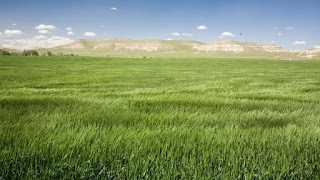To create a temperature graph, the first thing you have to do is to locate the categories in the graph. In this case, the days of the week and different temperatures.
⇩
¡¡Remember!!
*The space between the different data MUST be the same.
*You MUST keep the same series, which means that if you start counting in twos (15,17,19,21...) you should continue like this until the end.
🙊You can not write for example 15, 17, 22, 23, 25...🙊
After that, it is time to indicate in your graph the relation between the information. In this case, between the temperature and the days of the week.
To finish with your graph, you just have to join the different points in order, and you will obtain the final version of your temperature graph.






























